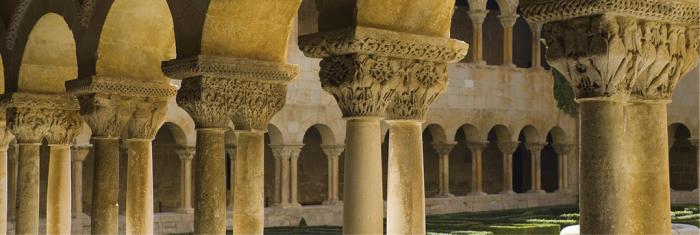
2.29 Worin bestand die geistliche Erneuerung im Mittelalter?
Im Mittelalter begannen viele Menschen, sowohl Ordensleute als auch Laien, über die Rolle der Person Jesu in ihrem täglichen Leben nachzudenken. Im zwölften und dreizehnten Jahrhundert wurden viele neue Klöster und religiöse Orden gegründet, wie die Zisterzienser, Franziskaner und Dominikaner.
Im 13. Jahrhundert erfuhr das Studium des Glaubens dank gut argumentierenden theologischer Debatten (Scholastik) eine Wiederbelebung. In diesem intellektuellen Umfeld wurden viele Universitäten gegründet. Es wurden auch Laienbewegungen für Menschen gegründet, die ein Leben des Gebets führen wollten, während sie „in der Welt“ lebten.
In jeder Generation werden Heilige geboren und bringen die Kreativität der Erneuerung mit sich, die die Geschichte der Kirche inmitten der Sorgen und negativen Aspekte, denen sie auf ihrem Weg begegnet, ständig begleitet. Tatsächlich sehen wir Jahrtausende später auch die Geburt von Reform- und Erneuerungskräften, denn Gottes Neuheit ist unerschöpflich und gibt immer neue Kraft, um voranzukommen. Dies geschah auch im 13. Jahrhundert mit der Geburt und der außergewöhnlichen Entwicklung der Bettelorden: ein wichtiges Modell der Erneuerung in einer neuen historischen Epoche. [Papst Benedikt XVI, Generalaudienz, 13. Jan. 2010]





